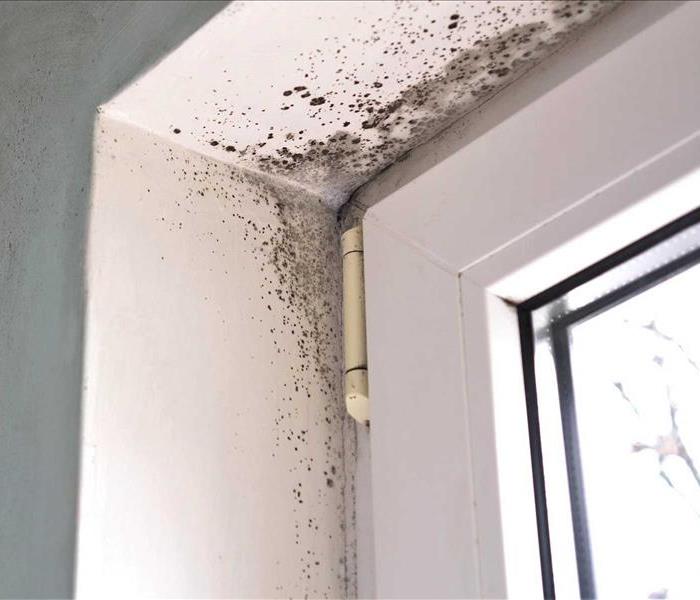Steps to prevent mold
10/7/2021 (Permalink)
Mold is everywhere around us and it can be particularly stressful to find out you have a mold problem in your home. Depending on the area and the cause of the problem, it is often a costly and time-consuming remediation process. However, you are not powerless to stop it and you can take the following mold prevention steps.
Inspect Pipes Regularly
One of the biggest culprits of mold problems is water damage from leaky pipes or roofs. No matter how seemingly small, all leaks need to be properly fixed. Monitor them closely and call in professionals if needed. They can measure the water pressure within your pipes and reduce the stress on them by making adjustments.
Monitor Humidity
Mold grows especially well in humid environments. It’s important that your home doesn’t have higher than 50% humidity in any room. Most home repair stores sell hygrometers, which tell you the humidity level indoors. These levels can change throughout the day, so take several measurements in each room. Dehumidifiers and air conditioning can help lower levels, and any room with high humidity should have ventilation added.
Pay Attention to Bathrooms and Kitchens
Bathrooms and kitchens are particularly susceptible to mold growth. Hot showers or steamy dishwashing creates a perfect environment for water condensation to build up on the walls or floors. Avoid carpeting these areas, since they hold onto moisture and make it difficult to spot mold problems below the surface. Remove any visible mold on shower doors or walls using a bleach, vinegar or borax solution.
Check the Basement
Because they are below the surface, basement walls tend to collect moisture from the ground and rain. Regularly monitor basement walls for any sign of leaks or water damage. If water has leaked into the area, remove anything that can’t be thoroughly dried, such as carpet or upholstery.

 24/7 Emergency Service
24/7 Emergency Service
